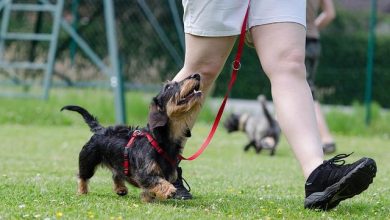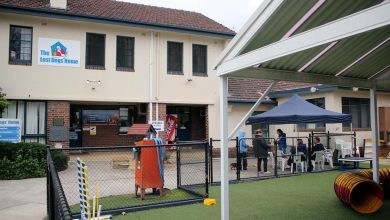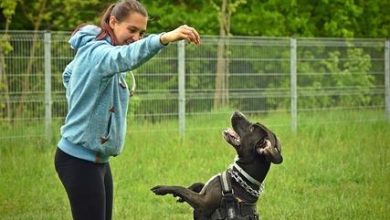How to Train Your Dog With Toys as a Primary Reward
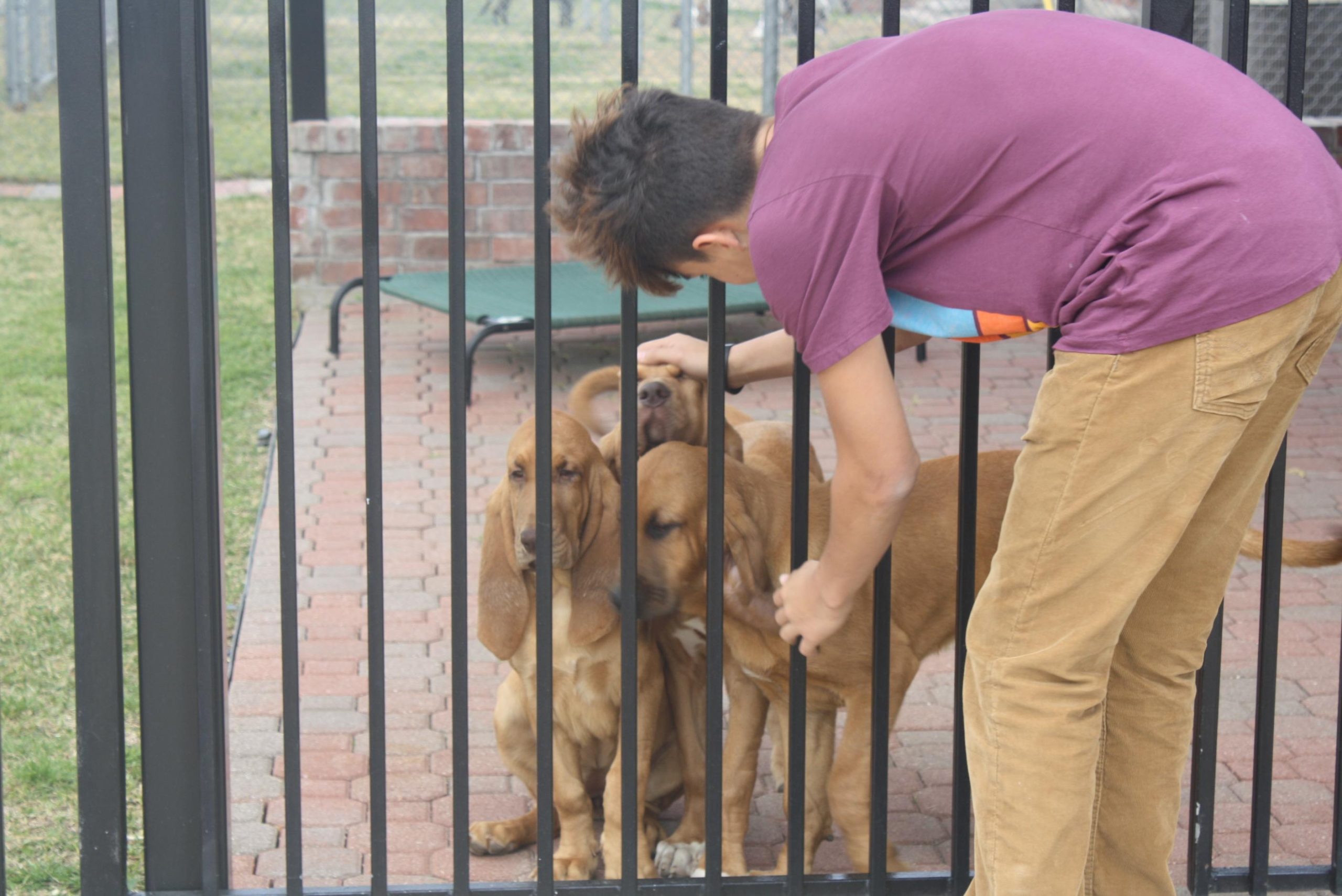
In the vibrant world of dog training, where commands and cues often echo in the air, a new symphony of learning emerges—one that is orchestrated with the delightful squeaks and jingles of toys. This approach, where toys take center stage as the primary reward, offers an innovative twist to the age-old art of canine education. Gone are the days when treats were the sole motivators; now, the humble tennis ball or the irresistible tug rope holds the power to transform a training session into a joyous game. In this article, we will explore how harnessing the playful spirit of toys can not only engage your furry friend but also enhance their learning experience, creating a harmonious bond built on fun, trust, and mutual understanding. Whether you’re a seasoned trainer or a curious pet owner, this guide will illuminate the path to effective training through the enchanting allure of toys.
Understanding the Psychology Behind Toy-Based Training
Delving into the realm of canine psychology reveals that dogs are naturally inclined towards play, making toys an ideal reward system. The playful nature of dogs stems from their evolutionary background, where play was integral for honing survival skills. Toys tap into this instinctive drive, serving as both a source of enjoyment and a tool for learning. By leveraging toys in training, you’re not just offering a reward; you’re engaging their innate curiosity and motivation.
- Engagement and Focus: Toys can captivate your dog’s attention more effectively than treats, especially for breeds with high energy levels. This heightened focus can lead to quicker learning and better retention of commands.
- Emotional Bonding: Using toys as rewards fosters a positive association between you and your pet, strengthening your bond and enhancing mutual trust.
- Variety and Stimulation: Unlike treats, toys come in various forms and functions, providing mental stimulation and preventing training sessions from becoming monotonous.
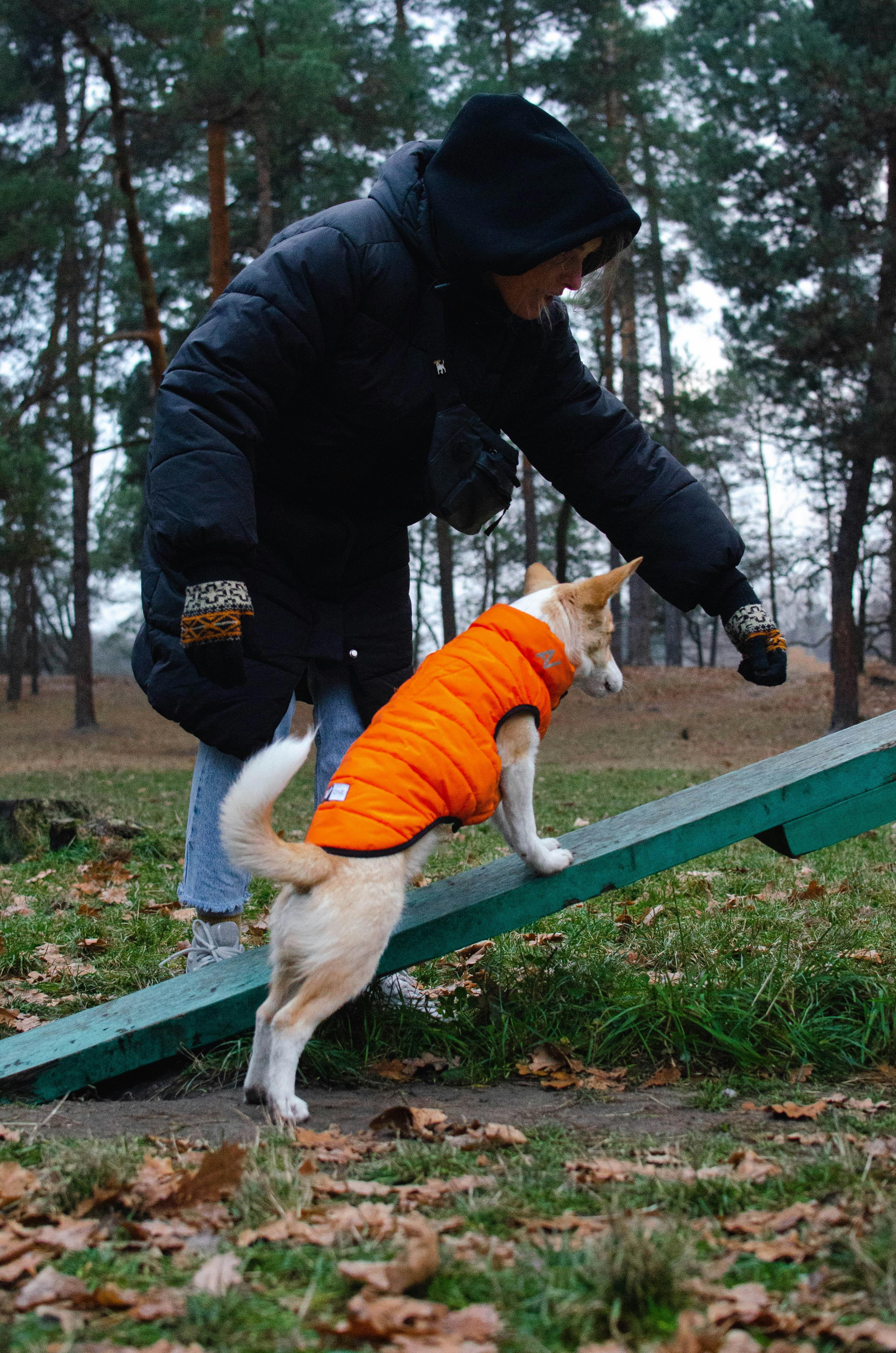
Choosing the Right Toys for Effective Dog Training
When embarking on a journey to train your dog using toys as a primary reward, it’s essential to select toys that not only captivate your dog’s interest but also align with their training needs. Durability is a key factor; toys that withstand vigorous play ensure consistent training sessions without frequent replacements. Consider the size of the toy, ensuring it’s appropriate for your dog’s breed and size to prevent any safety hazards.
- Interactive Toys: These toys stimulate your dog’s mind, offering a fun challenge that keeps them engaged.
- Chew Toys: Ideal for rewarding good behavior, these toys satisfy your dog’s natural chewing instincts.
- Fetch Toys: Perfect for active dogs, they encourage physical exercise and can be used to teach commands like “fetch” or “drop.”
- Plush Toys: Great for dogs that prefer softer textures, these toys often come with squeakers that add excitement to training.
Remember, the best training toys are those that your dog finds irresistible and that you can easily incorporate into various training exercises. Opt for toys that foster a positive learning environment and keep your furry friend eager to learn.
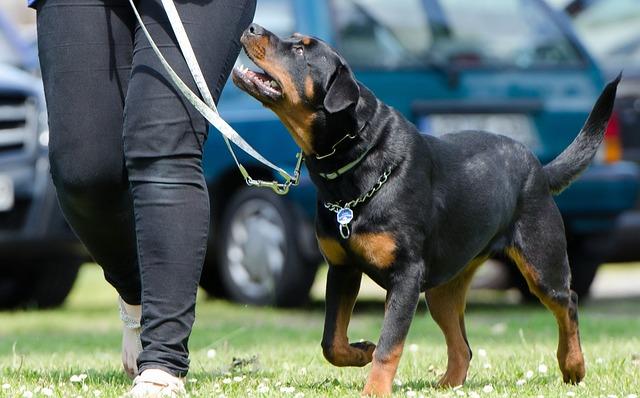
Step-by-Step Guide to Implementing Toy Rewards
Embarking on the journey to train your dog using toys as a primary reward can be both exciting and rewarding. To start, choose a toy that your dog shows a strong preference for, ensuring it’s durable and safe for play. Consistency is key; use the toy exclusively for training sessions to maintain its value. Introduce the toy by associating it with positive experiences, such as praise or treats, to build anticipation and eagerness.
As you progress, break down commands into small, manageable steps. Use the toy to encourage behaviors by offering it as a reward for each successful attempt. Tips for success include:
- Timing: Reward immediately to reinforce the desired behavior.
- Engagement: Keep sessions short and lively to maintain your dog’s interest.
- Variation: Rotate toys to keep training exciting and prevent boredom.
With patience and practice, your dog will soon associate their favorite toy with learning and fun, making training a delightful experience for both of you.
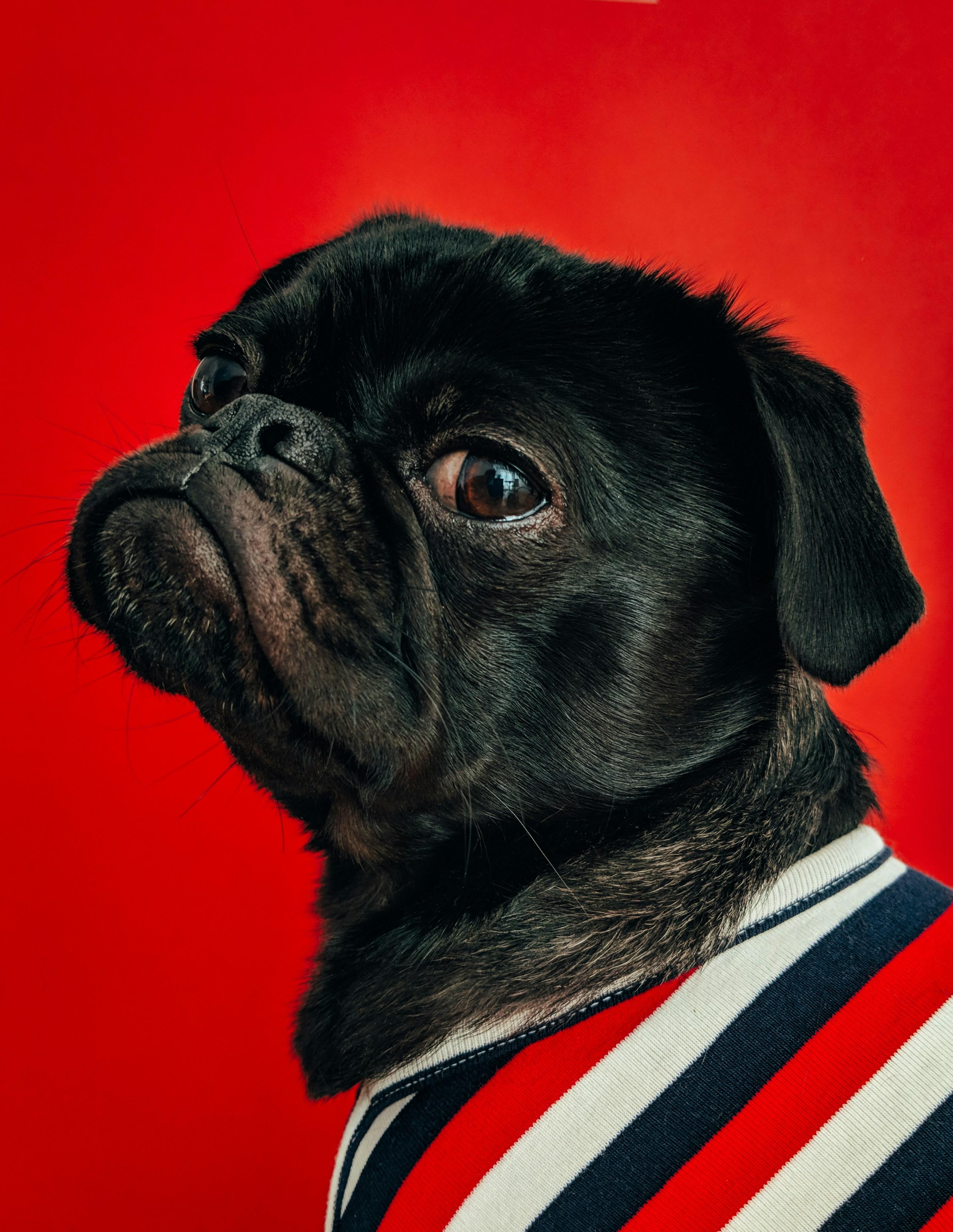
Troubleshooting Common Challenges in Toy-Based Dog Training
Even with the most enthusiastic toy-loving dogs, training can sometimes hit a snag. If your pup seems uninterested in their favorite toy during training sessions, it might be time to mix things up. Rotate toys to maintain their novelty and keep your dog engaged. Another common challenge is maintaining focus. Training in a quiet environment can help minimize distractions, ensuring your furry friend stays on task.
- Lack of Interest: Introduce a new toy or engage in a short play session before training to spark excitement.
- Overexcitement: If your dog becomes too excited, use calming commands or a brief timeout to refocus.
- Inconsistent Behavior: Ensure consistency in your commands and reward system to help your dog understand expectations.
Remember, patience is key. Every dog learns at their own pace, so celebrate small victories and adjust your approach as needed.
Concluding Remarks
harnessing the playful spirit of your canine companion through the strategic use of toys as primary rewards offers a unique pathway to effective training. This method not only strengthens the bond between you and your dog but also transforms learning into an engaging and joyous experience. As you embark on this rewarding journey, remember that patience and consistency are your steadfast allies. With each wag of the tail and playful bark, you’re not just training your dog—you’re nurturing a relationship built on trust, understanding, and shared happiness. So, gather those toys, embrace the adventure, and watch as your four-legged friend blossoms into a well-behaved and joyful member of your family.
